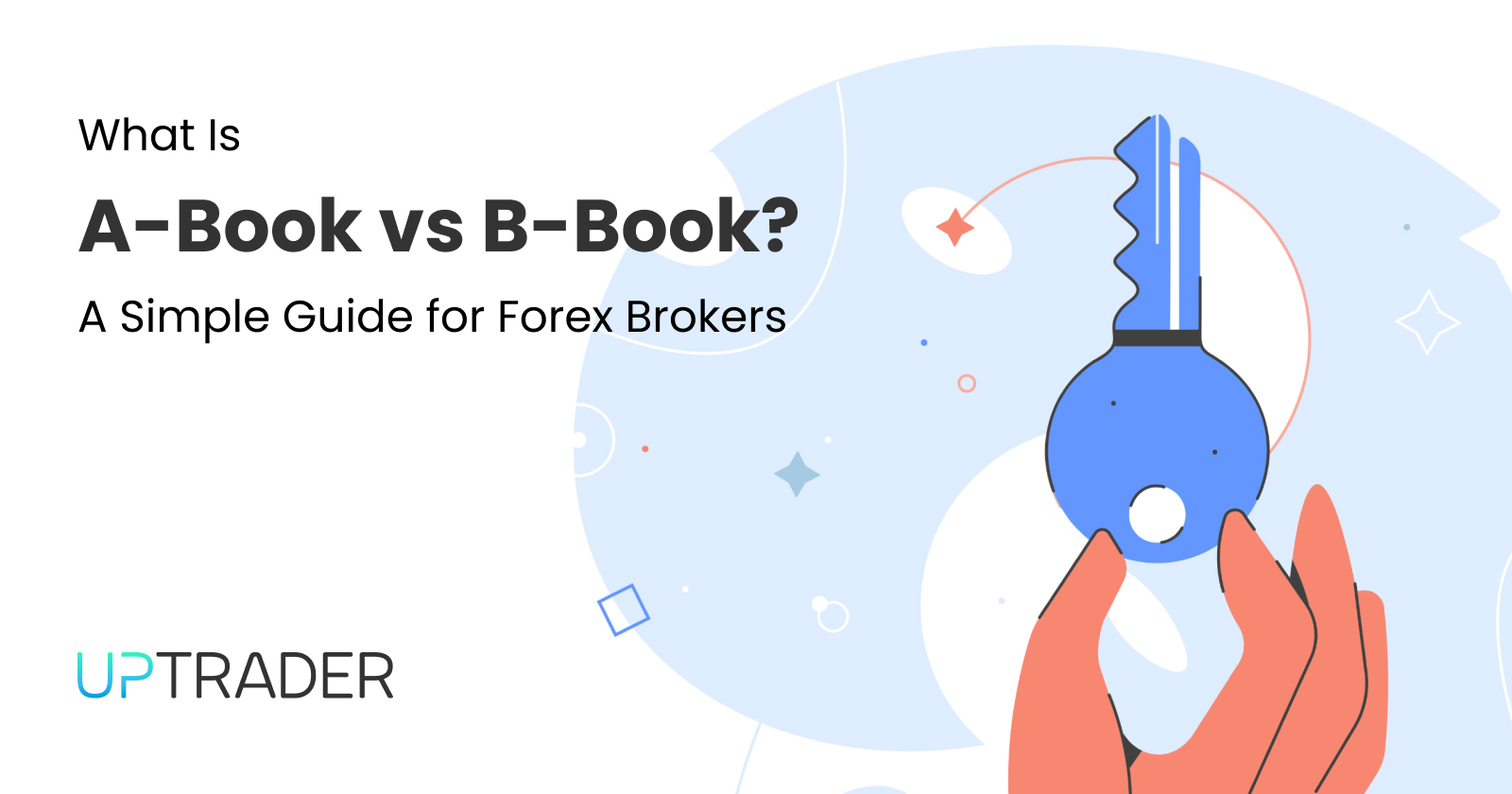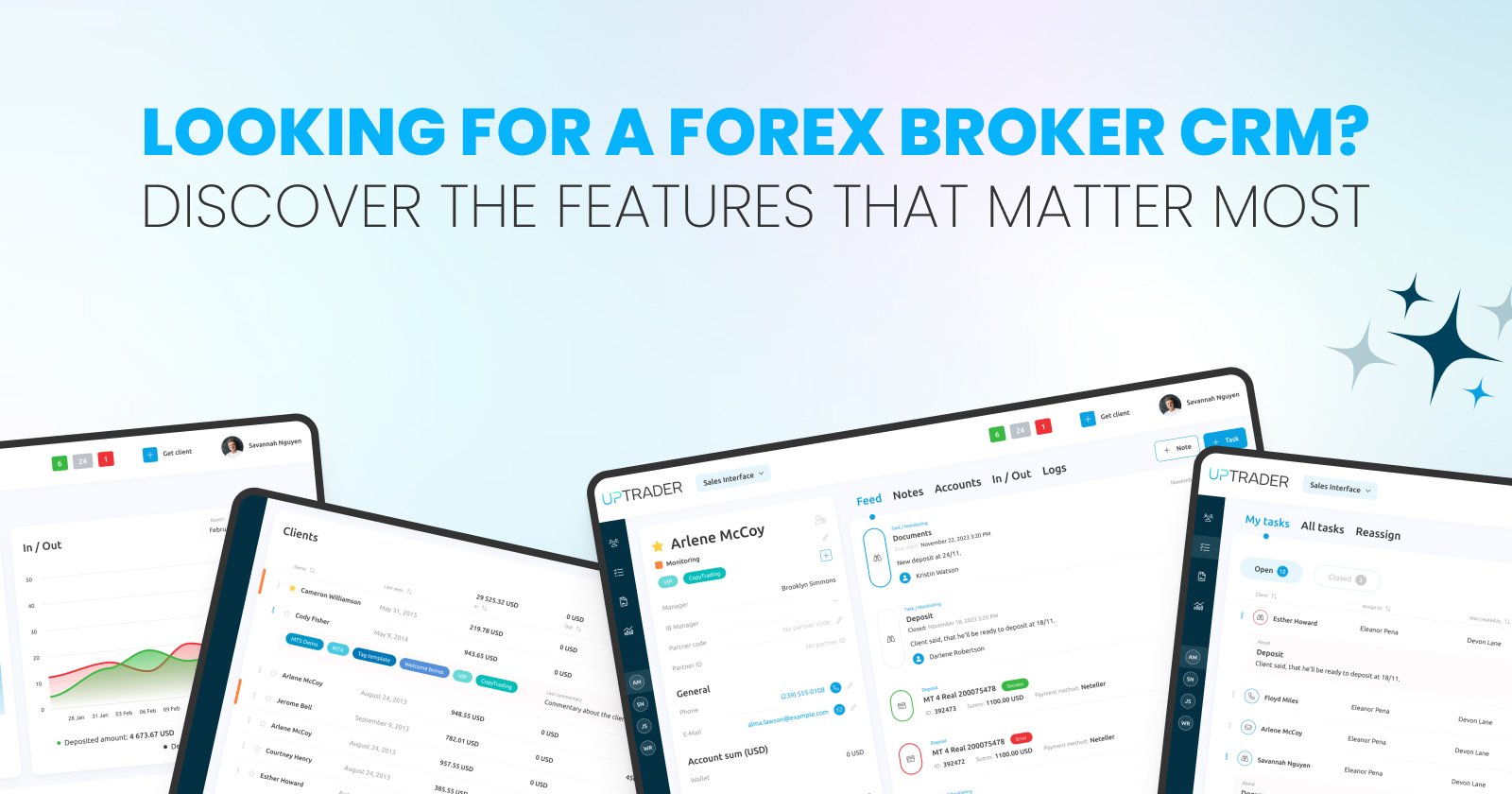What Is A-Book vs B-Book? A Simple Guide for Forex Brokers

Share this publication:
The A-Book versus B-Book model selection remains critical for forex brokers in balancing trader expectations and business operation workflows alongside regulatory guidelines. A-Book brokers, for example, directly forward clients’ orders to liquidity providers, thus creating transparency, bypassing potential conflicts of interest, and catering to client-focused practices. On the other hand, B-Book brokers consolidate trades, at times marking the trades up, and deal on their own behalf, which creates possible conflicts but allows more discretion in setting prices and lower costs. The need to control and optimize risk and profitability necessitates the use of both models, thus, hybrid models are developed.
Introduction
In the context of the realm of forex, the words “what is a book vs b book” or “a book vs b book” refer to the various ways in which brokers identify and manage their clients’ orders and exposure. It can be either the A-Book model, where orders are outsourced and sent to the market, or the B-Book model, where trades are kept in-house, executed by brokers acting as market makers. Differences in each pose distinct benefits to varying stakeholders and thus need consideration when determining the blend of openness, expenses, and risk involved. This guide is an introduction to basic concepts of each model, presents hybrid models, and highlights main points for brokers and traders.
What Is A-Book?
A-Book brokers employ a straight-through processing (STP) system that sends every client order directly to liquidity providers or the interbank market. Upon receiving a trade request, the broker’s platform aggregates quotes from multiple banks, executes at the best available price, and applies a small markup or commission. Because trades occur in the real market, A-Book brokers face no direct conflict of interest: they earn regardless of client profitability by charging per-lot commissions or spread markups.
Advantages of A-Book
- Transparency and Fairness: Order execution takes the interbank market as they are sent using a pricing mechanism that uses proper pricing in the actual market.
- No Conflict of Interest: There are no client losses-sustaining profits for the clients, hence client profits are in sync with the broker’s profits. Frictionless profit alignment.
- Risk Mitigation: Brokers shift the burden of the market risk to the provider of liquidity and hence protect their volatile balance sheets.
Disadvantages of A-Book
- Higher Operational Costs: Clients bring liquidity free of charge, but fee-paying minimum volumes must be met at some commitment level. Connectivity and technology add additional costs.
- Variable Spreads and Slippage: Spreads widening and orders experiencing slipping due to harsh news or when the market is thin may happen.
- Dependence on External Execution: Execution quality relies on third-party providers, which can introduce latency or rejections under “last look” policies.
What Is B-Book?
B-Book brokers fill retail traders' orders internally using profit, enabling them to fulfill orders in-house without routing to an external liquidity provider using client trades. The broker risks in this market-making model, meaning betting against the client’s position and then taking the opposite side. Revenue stems from both the bid-ask spread and the trader's losses, which pay the external commissions, hence offering wider spreads and saving costs.
Advantages of B-Book
- Cost Savings: Eliminating External traders' liquidity fees lowers the general cost of trading, meaning fee savings add up.
- Tighter Control Over Pricing: Increased control for franchise on pricing dynamic alters marketing their risks will invariant means some risk lurking behind the internal management can set up change on pi mirrors surface on balances.
- Faster Execution: Decreased latency on public execute orders, hence instant-bound prop order online trading faster fill during high-frequency trading.
Disadvantages of B-Book
- Conflict of Interest: Brokers profit when traders lose, which may incentivize price manipulation or reject profitable orders.
- Regulatory Scrutiny: Internalization can trigger stricter oversight to ensure fair dealing and best execution for clients.
- Risk Concentration: Holding client positions in-house exposes the broker’s balance sheet to market swings and potential large losses.
Hybrid (C-Book) Models
Many brokers adopt a hybrid or C-Book model, routing “toxic” flow—those from consistently profitable traders—to the A-Book, while retaining risk for less profitable accounts on the B-Book. This blended approach seeks to capture the transparency of A-Book trading and the cost efficiencies of B-Book operations. Properly categorizing flow and dynamically adjusting routing rules are essential to maintain both profitability and client trust.
Choosing the Right Model
When deciding between A-Book vs B-Book, brokers should consider:
- Client Demographics: High-volume institutional clients may demand DMA and STP, favoring A-Book, while retail segments may tolerate B-Book spreads.
- Technology Infrastructure: Implementing STP requires robust connectivity to multiple LPs and sophisticated aggregation algorithms.
- Risk Appetite: A-Book shifts market risk away from the broker but reduces margin on spreads; B-Book raises risk exposure but boosts potential profits.
- Regulatory Environment: Jurisdictions with strict best-execution rules may favor transparent A-Book models.
Regulatory and Compliance Considerations
Regulators worldwide scrutinize B-Book practices to prevent brokers from exploiting client losses. Transparency obligations may require brokers to disclose execution policies and slippage statistics, especially under MiFID II or similar frameworks. Maintaining clear records and providing regular audits is critical to demonstrate fair dealing, regardless of the chosen model.
Conclusion and Final Thoughts
Understanding “what is a book vs b book” empowers brokers to select an operational strategy that balances transparency, cost efficiency, and risk management. A-Book offers ethical alignment and market neutrality, while B-Book delivers internal revenue potential and execution control, each with distinct trade-offs. Hybrid models provide a pragmatic compromise, routing profitable flow externally and retaining other trades in-house. Ultimately, aligning the chosen model with client needs, technology capability, and regulatory requirements will ensure sustainable and competitive brokerage operations.
If you want to make use of robust CRM solutions that can help your brokerage with affiliate programs, copy trading, and other many amazing features then talk to a consultant on our site today and request a demo!







